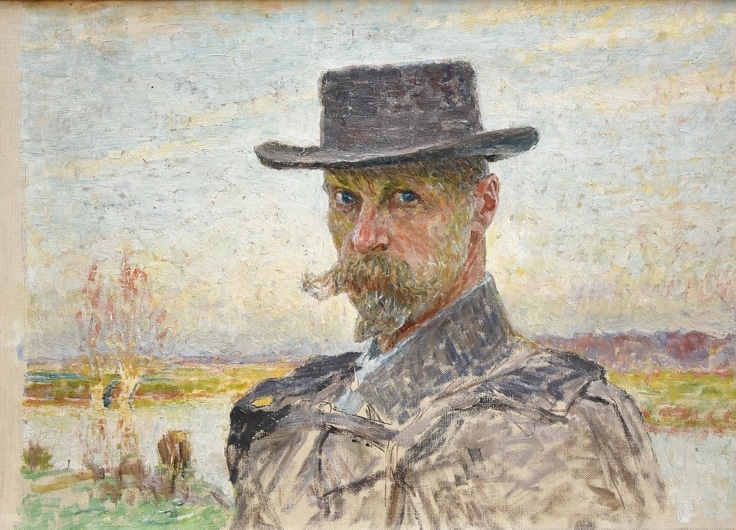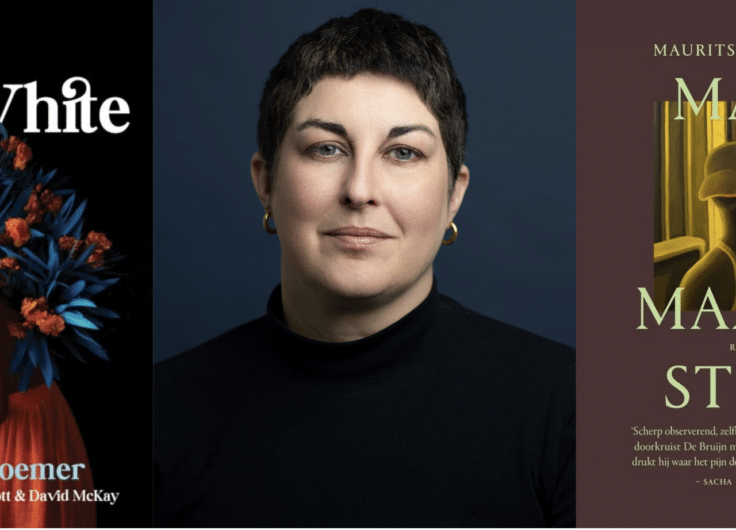Over the past four years, numerous events – intense and sometimes deafening – have been held to mark the 100th anniversary of the Great War (1914-1918). This anthology brings together some of the finest essays we have published over the last decade focusing on a war which cast such a long shadow over the entire twentieth century.
As it slips away into the annals of history, how does one write about the Great War? There are no veterans left and the last eye witnesses, children during the fighting, are dying out. That means this war will soon acquire a different place in the imagination and therefore a different place in history. Meanwhile, the commemorations the past four years were somehow deafening, especially in Flanders, Belgium, France, Great Britain and the British Commonwealth. Less so in the countries of the vanquished, Germany and Austria.
According to the British historian Eric Hobsbawn, the twentieth century began in 1914 with the First World War and ended in 1991 with the fall of the Soviet Union. In his opinion the Second World War was a direct consequence of the First, which brought the end of the German, Austro-Hungarian, Ottoman and Russian empires. The Cold War was, in its turn, a consequence of the Second World War, and the fall of the Soviet Union a consequence of the end of the Cold War.
When the heir to the Austrian throne and his wife were shot dead in Sarajevo on 28 June 1914, a deadly machine was set in motion that catapulted the European superpowers into a war that no one seemed to have wanted, but that was nonetheless greeted with euphoria in all their capitals. That euphoria saw the war as an act of hygiene for the world, as Marinetti had written in his futuristic manifesto in 1909. By the end of 1914, however, the war had got bogged down in the mud of trench warfare. It was to last four long years and turned into a hitherto unseen Materialschlacht, in which, to quote Ernst Jünger, for the first time places rather than people became the targets. From Nieuwpoort at the North Sea to Switzerland, and from north-eastern Italy to Gallipoli in Turkey. For the Belgians the Yser became an iconic battlefield, for the British Ypres and the Somme, for the Canadians Vimy, for the French Verdun, for the Italians Caporetto, and for the Australians, New Zealanders and Turks Gallipoli. The Battle of Tannenberg was a debacle for the Russians. And for the Germans Langemark became the stuff of myth: there, in 1914, inexperienced German students were supposed to have advanced towards the machine guns of the professional British army.
How should we commemorate all that? Siegfried Sassoon thought the new Menin Gate in Ypres, which was officially opened in 1927, a scandal:
(…)
Here was the world’s worst wound. And here with pride
‘Their name liveth for ever,’ the Gateway claims.
Was ever an immolation so belied
As these intolerably nameless names?
Well might the Dead who struggled in the slime
Rise and deride this sepulchre of crime.
(On Passing the New Menin Gate)
Today we look with awe at the close to 55,000 names on this monument – names of soldiers whose bodies were never recovered. Perhaps the list is a war poem.
Let’s put that war to rest now and move on.












